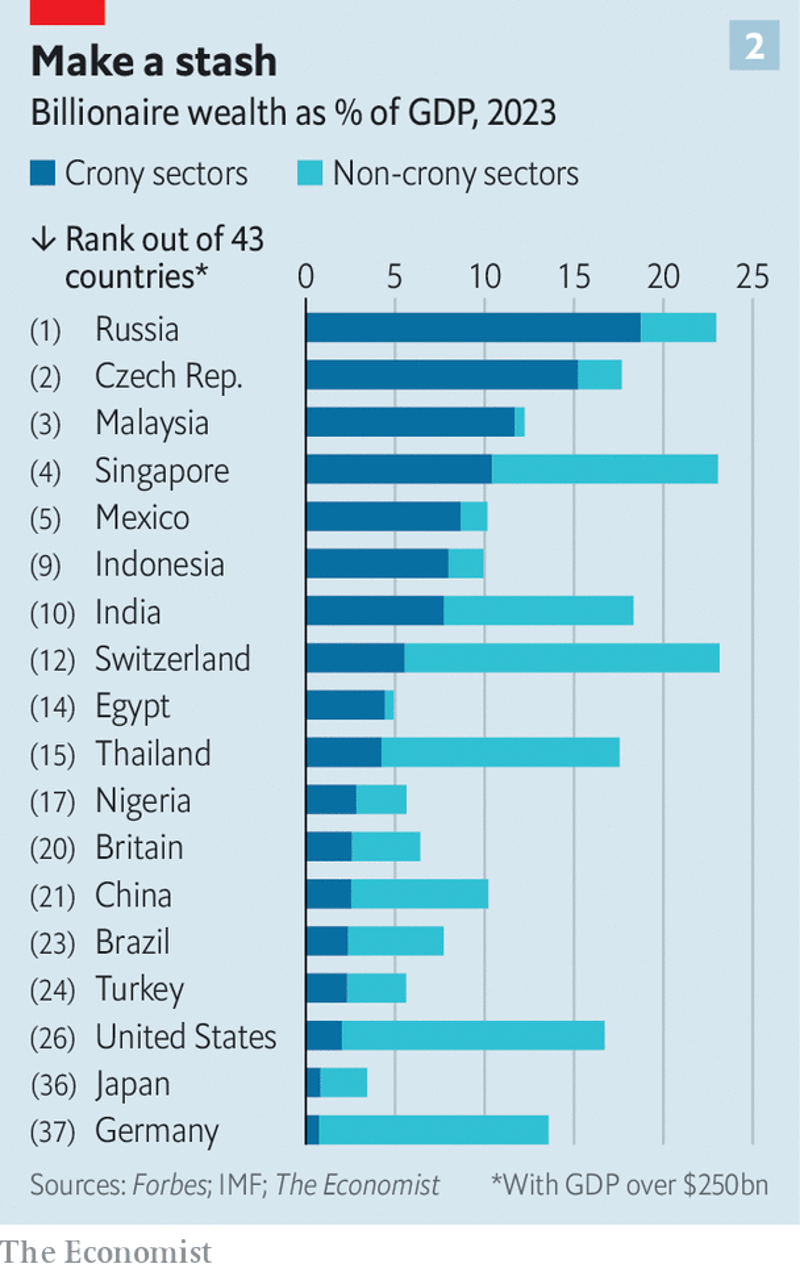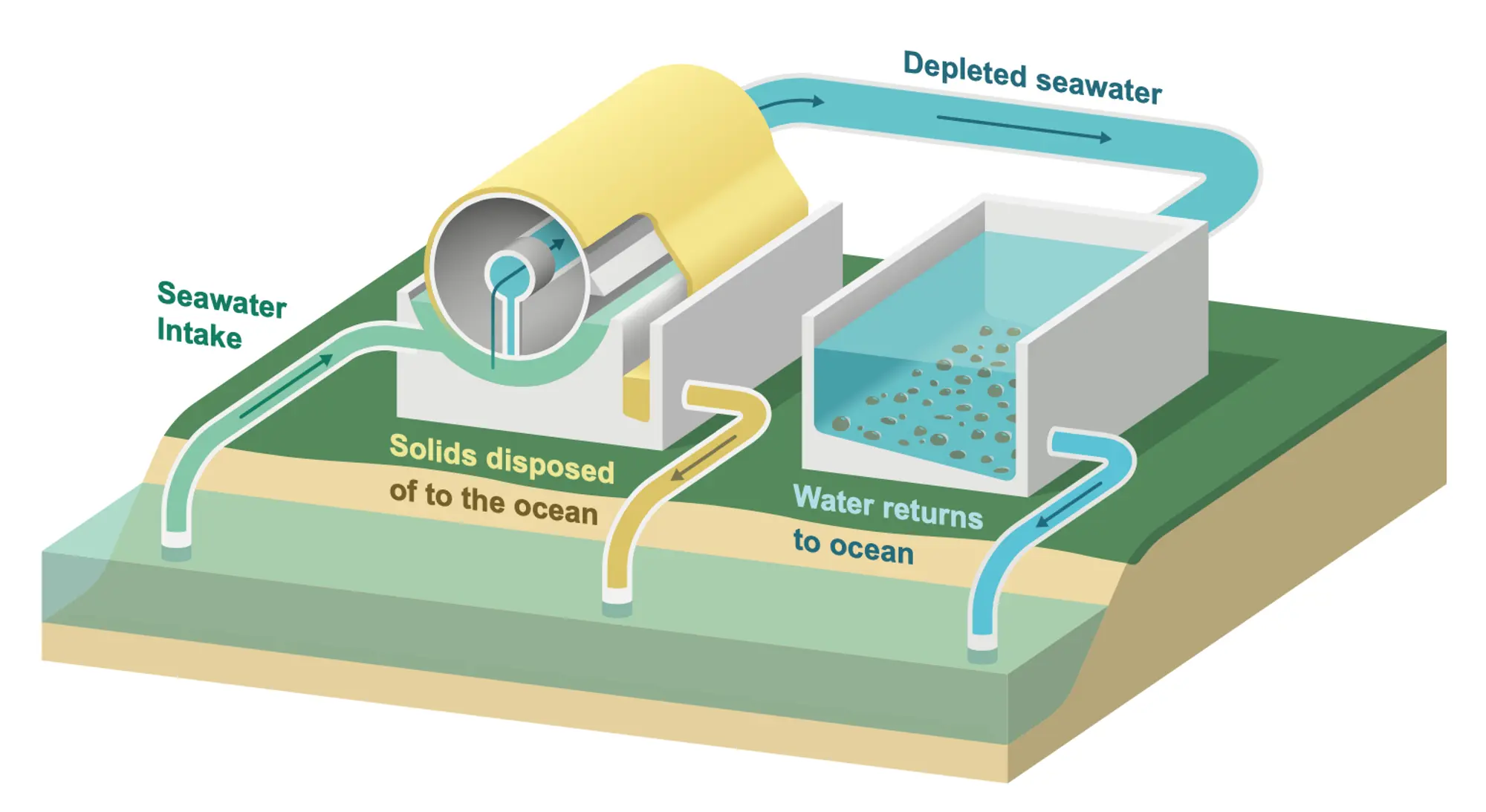Consumption Week 20
My notes from some of the media I consumed this week.
Contents
Farmland practices are driving bird population decline across Europe
https://www.pnas.org/doi/full/10.1073/pnas.2216573120
- We find that agricultural intensification, in particular pesticides and fertiliser use, is the main pressure for most bird population declines, especially for invertebrate feeders. Responses to changes in forest cover, urbanisation and temperature are more species-specific.
LobbyFacts - exposing lobbying in the European institutions
- Shell (2022: >5,500,000€), ExxonMobil (2022: >3,500,000€), BP (2022: >2,250,000€)
- Also FAANG, chemicals, pharmaceuticals… The usual suspects.
The 2023 crony-capitalism index
https://www.economist.com/international/2023/05/02/the-2023-crony-capitalism-index
- Wiki: Crony capitalism, sometimes called cronyism, is an economic system in which businesses thrive not as a result of free enterprise, but rather as a return on money amassed through collusion between a business class and the political class.
- This year the publication details 2,640 billionaires worth $12trn or 12% of gdp. Most of those listed do not operate in rent-seeking (an economic rent is the surplus remaining once capital and labour have been paid which, with perfect competition, tends towards zero) sectors.
BT to axe up to 55,000 jobs by 2030 as it pushes into AI
https://www.theguardian.com/business/2023/may/18/bt-cut-jobs-telecoms-group-workforce
- BT has said it will become a “leaner business” as it announced plans to reduce its workforce by as much as 55,000 by 2030, more than 40% of its global employee base, including about 10,000 jobs replaced by artificial intelligence.
Why is Inflation Worse in the UK than the EU?
- A broken energy market is a key factor, including profiteering and blackmail.
China overtakes Japan as world’s top car exporter
https://www.bbc.co.uk/news/business-65643064
- Officials figures released in the last week show China exported 1.07 million vehicles in the period, up 58% compared to the first quarter of 2022.
- First quarter exports of new energy vehicles (NEVs), which includes electric cars, rose by more than 90%, compared to a year earlier.
So… What’s up with Damon Motorcycles?
- Some very cool tech, from safety to speed. Although I won’t count any chickens until they’re on the road.
UCLA Says We Can Hack The Ocean To Store Carbon Dioxide
https://cleantechnica.com/2023/05/15/ucla-says-we-can-hack-the-ocean-to-store-carbon-dioxide/
- The seawater would flow through a mesh that allows an electrical charge to pass into the water, rendering it alkaline. This kicks off a set of chemical reactions that ultimately combine dissolved carbon dioxide with calcium and magnesium native to seawater, producing limestone and magnesite by a process similar to how seashells form. The seawater that flows out would then be depleted of dissolved carbon dioxide and ready to take up more. A co-product of the reaction, besides minerals, is hydrogen, which is a clean fuel.
What Drives This Madness On Hydrogen?
https://cleantechnica.com/2023/05/16/what-drives-this-madness-on-hydrogen/
- Oil and gas firms. They have two motivations. Delaying the transition is one of them, of course. But if they can’t convince everyone that hydrogen is required for energy, they won’t be able to turn their hydrocarbon reservoirs into money via blue hydrogen, and they will be worthless. As firms like Shell and bp have 4–10 billion barrels of proven reserves, those assets will become almost worthless. And these firms treat these reserves as a fiscal tool for debt financing. Worthless reserves = financial institutions calling in their debts, the collapse of their stock prices, and the bankruptcy of those firms.
The Freaky Chemistry of Landfills
https://gizmodo.com/how-do-landfills-work-chemistry-trash-pollution-1849703063
- Leachate, or the water that infiltrated a landfill and then leached chemicals and pollutants from the decomposing garbage. The chemicals that got into leachate can include heavy metals from electronic waste, bits of plastic that are breaking down, and decomposed organic matter. The trouble is that, even though landfills are engineered to collect as much leachate as possible, some is bound to escape, permeating through soil and aquifers into drinking water and natural water reservoirs.
- The EPA estimates that 14.5% of methane emissions in 2020 were from landfills, making them the third largest emitter of the gas.
- If we can harness the methane that’s emitted from a landfill, Cadillo-Quiroz says, it could be used to power generators, meaning that this waste gas could be repurposed into a source of energy—but only if we design landfills more intentionally and with better management systems.
Sun-Mimicking Smart Fridges
https://www.trendhunter.com/trends/naturelight
- ‘NatureLight’ technology is an innovative feature that uses three colors of light (blue, green and red) to mimic the natural 24-hour sun cycle inside the fridge’s crisper drawer. This technology aims to preserve the vitamins and nutrients found in fruits and vegetables for longer, by stimulating the natural photosynthesis process.
[The Art of Manliness] The Art and Science of Getting Unstuck
- The creative cliff
- Assumption: first ideas are best
- Reality: latter ideas are best (first are the obvious ones)
Map of GitHub
https://anvaka.github.io/map-of-github/
- GitHub Map Each dot is a GitHub project. Two dots within the same cluster are usually close to each other if multiple users frequently gave stars to both projects. The size of the dot indicates the number of stars the project has received.
- Super cool. I found a few new projects using this.


